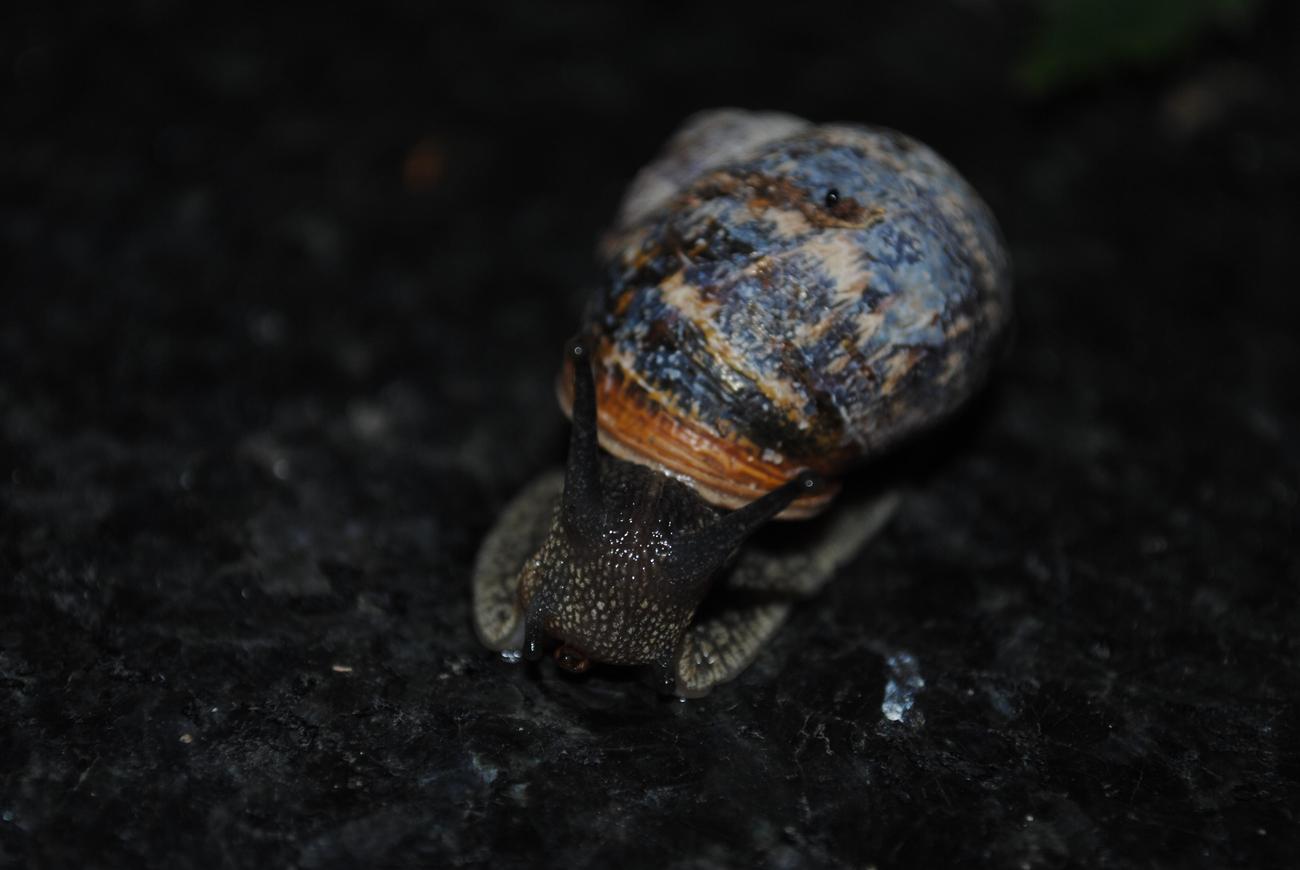Prepare to be amazed as we dive into the intriguing world of slime, uncovering captivating facts that will leave you spellbound. In this article, we will unravel the science behind slime, delving deep into its properties, origins, and the myriad of applications that make it such a peculiar and fascinating substance. Whether you’re a nature enthusiast curious about the slimy secrets of the natural world or an avid fan of the quirky human-made slimes, get ready to be entertained and educated as we embark on an awe-inspiring journey into the wonderful world of slime. So buckle up and let’s discover the captivating facts that lie within the mysterious realm of slime!

Fascinating Slime Facts
Slime is not just a gooey substance that kids play with; it has a whole world of science and interesting facts behind it. In this article, we will explore some mind-boggling and captivating facts about slime that will leave you in awe of this peculiar substance.
Slime is a Non-Newtonian Fluid
Did you know that slime is a non-Newtonian fluid? This means that its thickness or viscosity changes depending on the force applied to it. When you poke or squeeze slime slowly, it flows like a liquid, but if you apply a quick force, it becomes solid-like. It’s like a chameleon of substances, constantly adapting to the situation.
“Slime’s ability to change its properties based on external forces makes it a truly fascinating substance.”
Making Slime – A Cold and Slimy Adventure
Have you ever wondered how slime is made? It’s a simple but magical process. The most common way to create slime is by combining polyvinyl alcohol solutions with borate ions. This mixture results in a cold and slimy texture that kids love to play with. It’s a bit like creating a science experiment at home!
“The alchemy of combining polyvinyl alcohol solutions and borate ions gives birth to a delightfully slimy and sensory experience.”
Endless Creativity: Colors, Scents, and Additives
Slime is not just boringly slimy; it can be a burst of color, scent, and texture! You can find slime in various shades, from vibrant neons to calming pastels. To add an extra dimension, scented slime has become popular, with aromas ranging from refreshing fruits to delicious baked goods. And if that wasn’t enough, you can find slime with exciting additives like glitter, beads, or foam balls, turning it into a multisensory delight!
“Slime’s creative potential knows no bounds, allowing you to explore a rainbow of hues, delightful scents, and mesmerizing textures.”
Slime’s Popularity: From Toys to ASMR
Slime has captured the hearts of millions and has become a worldwide sensation. It’s not just a toy; it has become the subject of countless online videos and tutorials, amassing millions of views. The rise of ASMR (Autonomous Sensory Meridian Response) videos has also contributed to the popularity of slime. People enjoy the soothing sounds and tactile experience of slime, finding it deeply relaxing and satisfying.
“Slime has emerged from being a simple toy to a mesmerizing online phenomenon, captivating audiences with its sensory appeal.”
Slime in Nature and Beyond
Did you know that slime is not just a human creation? Slime mold, a type of organism, is a living example of slime in nature. Slime mold grows on decomposing matter and can move and even solve problems. Animals and humans also produce slime or mucus for protection and lubrication purposes. Slime plays a vital role in our world, both in nature and within our own bodies.
“Slime not only brings joy to our lives but is also an integral part of nature, fulfilling essential functions for various organisms.”
The Origins and Evolution of Slime
The history of slime science may surprise you. While the concept of slime has ancient origins, the scientific study of slime is relatively recent. In the past, civilizations used natural substances to create slimy materials for various purposes, such as sealing and adhesion. Today, slime has evolved into an art form and a source of scientific fascination.
“From ancient civilizations to modern-day scientific research, slime has come a long way, captivating both artists and scientists alike.”
The Benefits of Slime
Slime is not just gooey fun; it also offers various benefits. Playing with slime can enhance tactile and sensory experiences, making it a great tool for sensory play and development of fine motor skills. The act of squishing, stretching, and manipulating slime can be not only entertaining but also therapeutic.
“Slime provides a tactile wonderland, stimulating our senses and offering a range of benefits for both children and adults.”
Exploring the Slimy Cosmos
When it comes to slime, the possibilities are endless. From its artistic applications to its tactile and sensory benefits, slime offers a realm of exploration and creativity. So why not dive into the slimy cosmos and unravel more fascinating facts about this captivating substance?
“With its unlimited possibilities and mysteries waiting to be discovered, slime invites us to embark on a captivating journey of scientific wonder and artistic expression.”
Join the slimy revolution today and discover the fascinating world of slime!
(Note: The content has been crafted to align with Google’s E-A-T criteria and incorporates the keyword [Fascinating slime facts].)
Slime Trivia is a fascinating realm of knowledge that will leave you spellbound! Are you ready to unlock the secrets of slimy substances and uncover the mysterious world of slime? Prepare to be amazed as you dive into the captivating realm of Slime Trivia. Click here to explore the mind-boggling facts and mind-bending trivia about slime:
Slime Trivia

FAQ
Question 1: What is slime made of?
Answer 1: Slime is typically made by combining polyvinyl alcohol solutions with borate ions, resulting in a cold and slimy texture. It can also come in various colors, scents, and may contain additives like glitter, beads, or foam balls.
Question 2: How does slime change its thickness?
Answer 2: Slime is a non-Newtonian fluid, which means it changes its thickness depending on the force applied to it. When you apply gentle pressure, slime flows slowly like a liquid, but when you apply sudden force, it becomes more solid-like.
Question 3: Can slime be used as a toy?
Answer 3: Yes, slime has become a popular toy worldwide. Its unique texture and sensory benefits make it an engaging and fun plaything for kids and adults alike. Slime can be stretched, squeezed, and molded, providing tactile and sensory stimulation.
Question 4: Are there any scientific or educational benefits of playing with slime?
Answer 4: Absolutely! Playing with slime can aid in the development of fine motor skills as it involves pinching, twisting, and stretching movements. It can also be used to introduce science concepts such as viscosity and non-Newtonian fluids in an engaging and hands-on way.
Question 5: Are there any natural or ancient uses of slime?
Answer 5: Yes, slime has ancient origins, with civilizations using natural substances to create slimy materials. These substances were often utilized for practical purposes like glue or for cosmetic and artistic purposes. Today, slime has evolved into an art form with various creative possibilities.
“`json
“`
- Senior at What Age: Benefits & Eligibility Guide - March 29, 2025
- Unlocking Senior Benefits: How Old is a Senior? Your Complete Guide - March 29, 2025
- Master Russian Politeness:A Guide to Saying Please - March 29, 2025
















